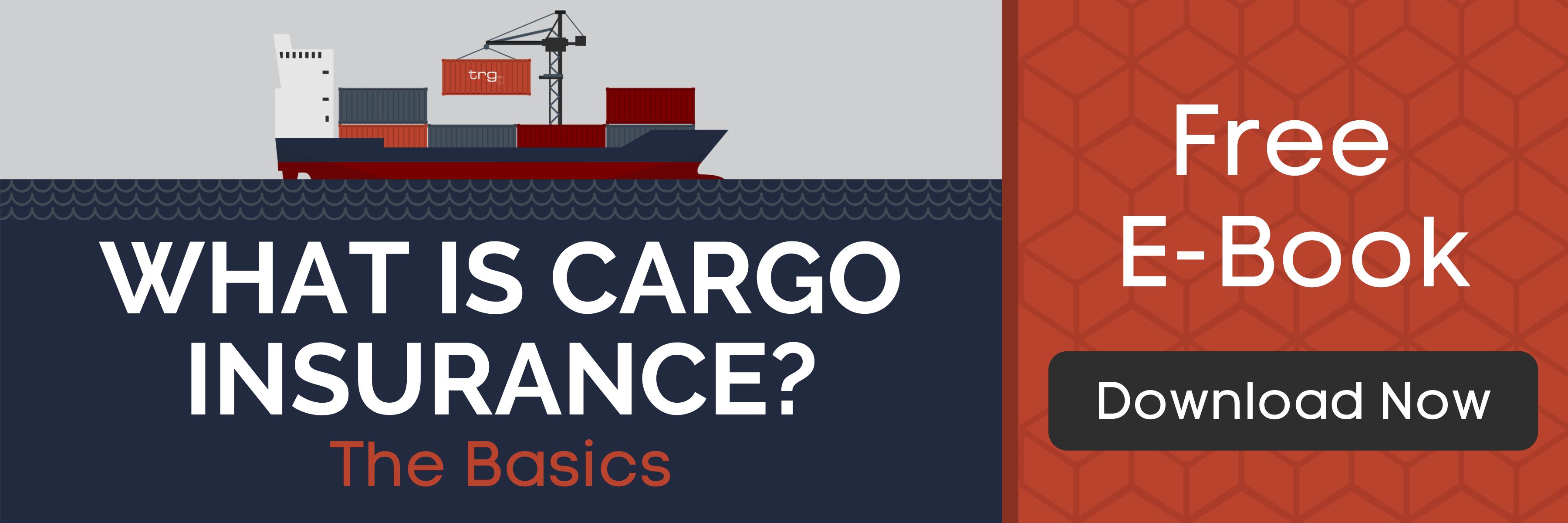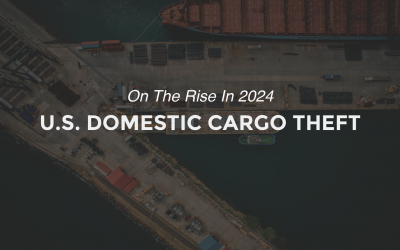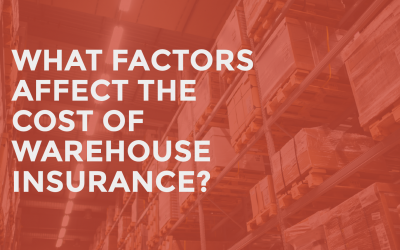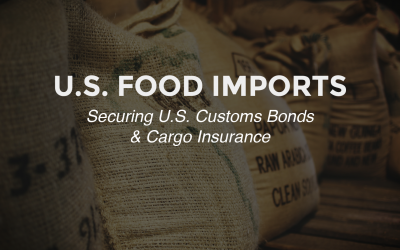Like finding the right home, choosing the right warehouse location is an essential responsibility of being a shipper.
Location, Location, Location
The most important thing to consider when choosing a warehouse facility is the location. Aside from costs, factors such as proximity to airports and good working conditions are critical when choosing a warehouse.
A warehouse’s location and construction can be the deciding factor between suffering substantial loss or maintaining safe inventory. It is critical to consider risks like crime, flooding, and fire when selecting a warehouse location and provider.
There are many factors shippers should consider when it comes to choosing a warehouse facility. We will discuss the top 8.
1. Local Regulations
Many states have laws that govern the operation of freight transportation. Local and regional laws dictate motor carrier weight and size allowances. Depending on the state you operate from, various taxes can add up quickly. These regulations can affect your logistics capabilities and increase your operating costs.
2. Effective Labor Force
The labor force plays a huge role in a warehouse’s success. It can be hard to find skilled workers in certain areas, and it can also be costly to hire the wrong people. Consider the supply and demand of local workforce availability.
Also, consider how high-tech a warehouse is or aims to be. Find out what amount of mechanical labor is performed robotically and how technologically sophisticated their practices are.
3. Proximity to Carrier Facility
A warehouse that is near a carrier facility can help streamline the shipping process for your products. It can also help minimize delays and provide a better customer experience.
Seek a location that offers both convenience and proximity to your target customers, as well as a carrier service.
4. Warehouse Storage Requirements
You should also take into account the special accommodations that you may need to make for your products. This includes the proper storage of hazardous or flammable materials.
Flammable goods, high theft targets, or perishable goods are considered a higher risk to store. If goods fit those descriptions, you should find out more about the facility’s maintenance and security arrangements.
5. Access to Highway, Airports, and Railways
Choosing a warehouse facility in the middle of nowhere, even if the price is reasonable, is probably not the wisest decision. To ensure the smooth, cost-efficient flow of goods, your warehouse should have:
- Airports nearby
- Access to rail lines in good working condition
- Easily accessible roads
- Interconnected highways
Choosing a location without evaluating highway congestion patterns, exit ramp placement, peak traffic hours, and road safety conditions can increase accident rates, fuel consumption, and wasted time.
6. Fire Protection
If there are automatic protections such as sprinklers or monitored alarms in the facility, there is a lower risk of a total loss. Warehouse fires are becoming more and more of a concern for insurers after many wildfire losses in recent years, so proactive protections are essential for obtaining optimal pricing.
7. 24/7 Monitoring
If there is always someone monitoring the storage facility, this decreases the overall risk of theft and damage. Monitoring also reduces the magnitude of losses as appropriate authorities are contacted quickly. Insurers are more likely to insure goods at warehouses that have taken such security measures and often will not insure a large warehouse value unless 24/7 monitoring is in place.
8. Catastrophic Perils (CAT) Prone Areas
It is risky to store cargo at a warehouse in an area prone to inclement weather conditions.
Some examples of CAT-prone areas include along the San Andreas fault line and the Southeast Coast. The risk of a natural disaster is something that shippers can avoid by storing goods in an area with low environmental risk.
Some of the most common types of catastrophic perils are:
- Earthquakes
- Wildfires
- Named windstorms & floods
Be sure to evaluate the likelihood of each of these catastrophic perils when choosing your warehouse location. It will likely help to save on the cost of insurance.







